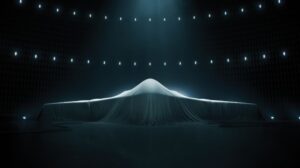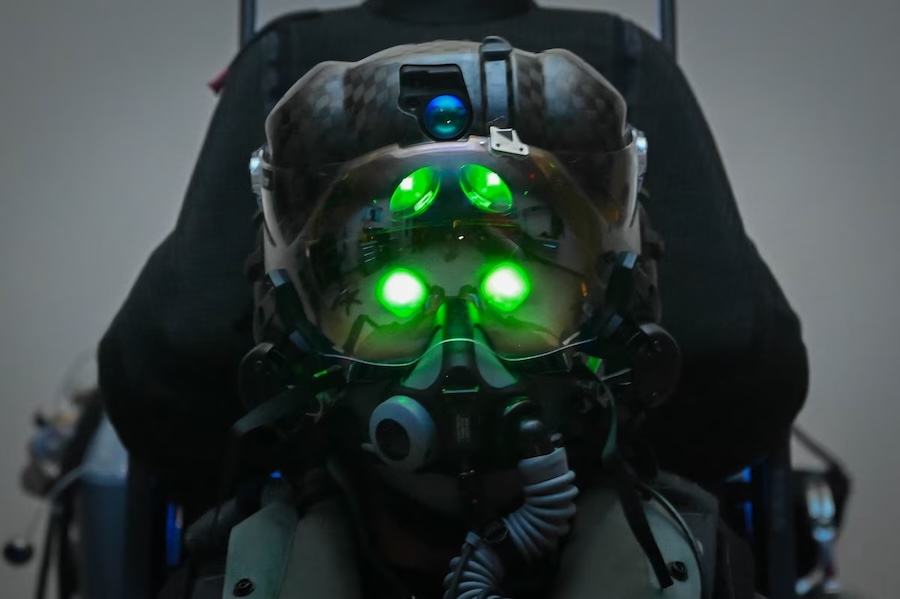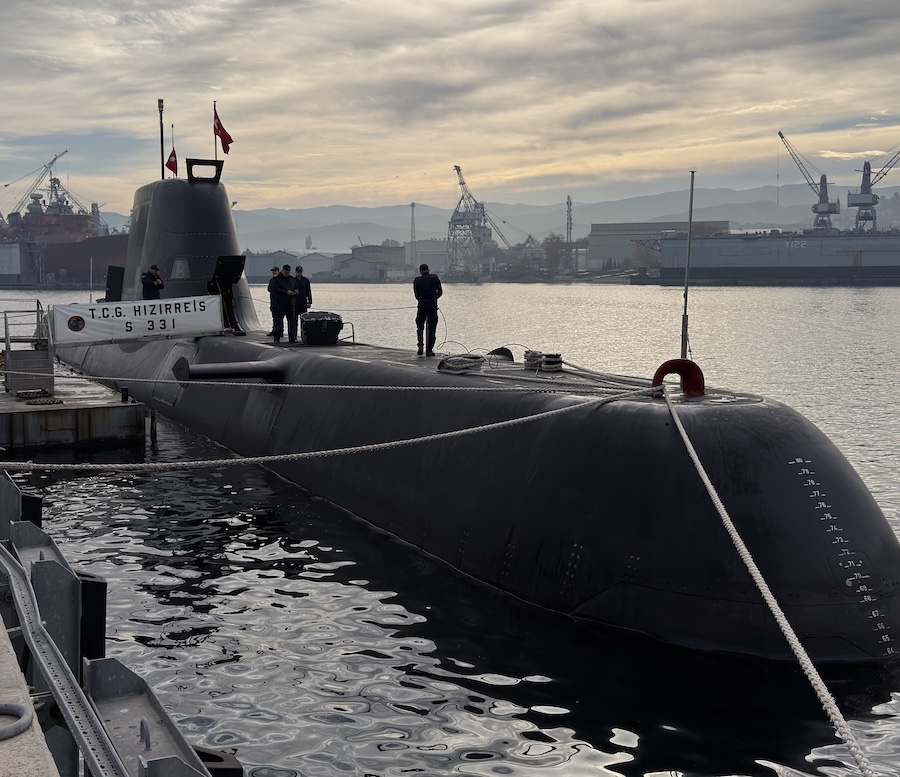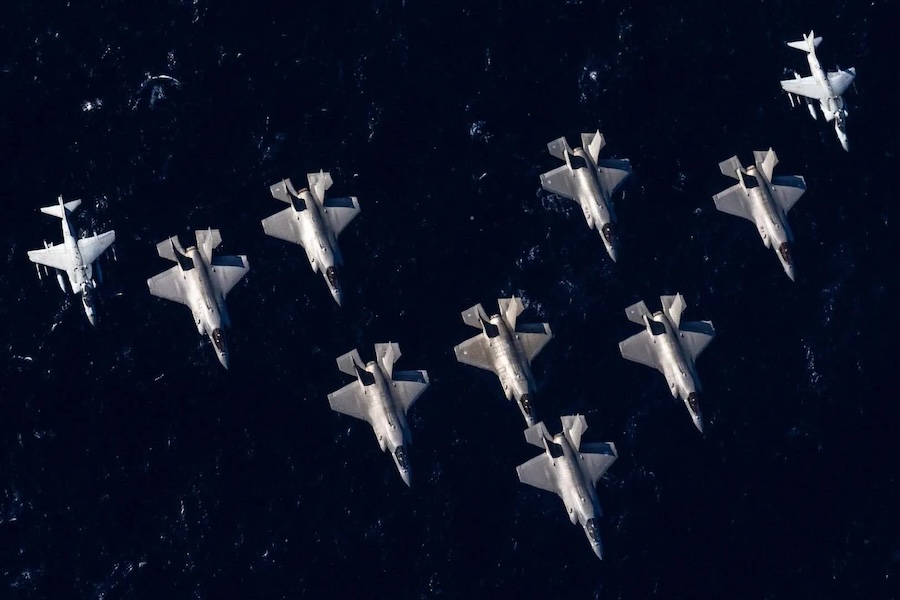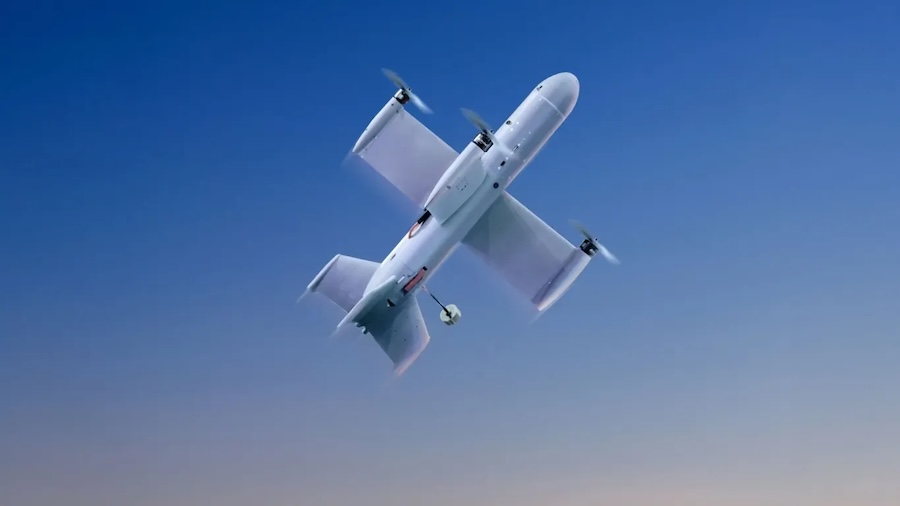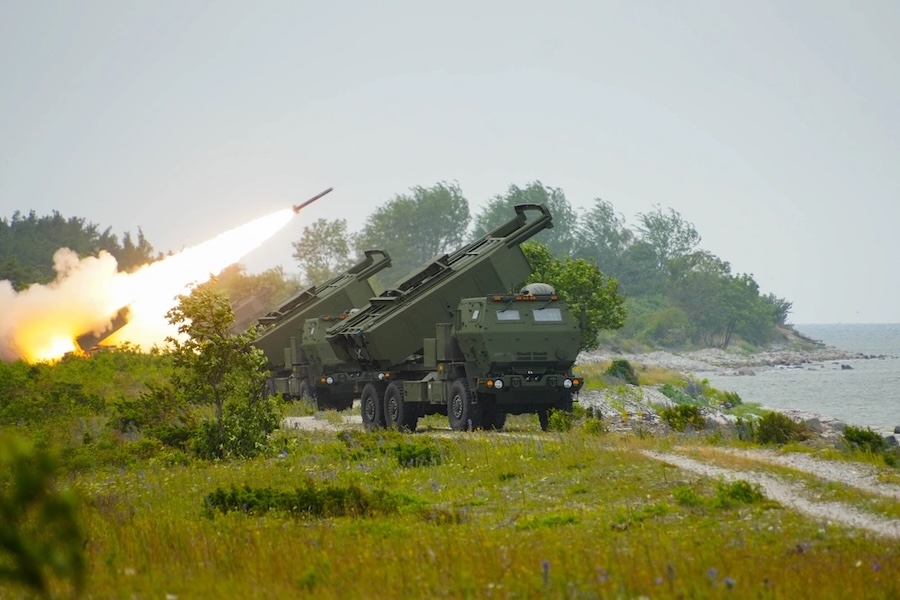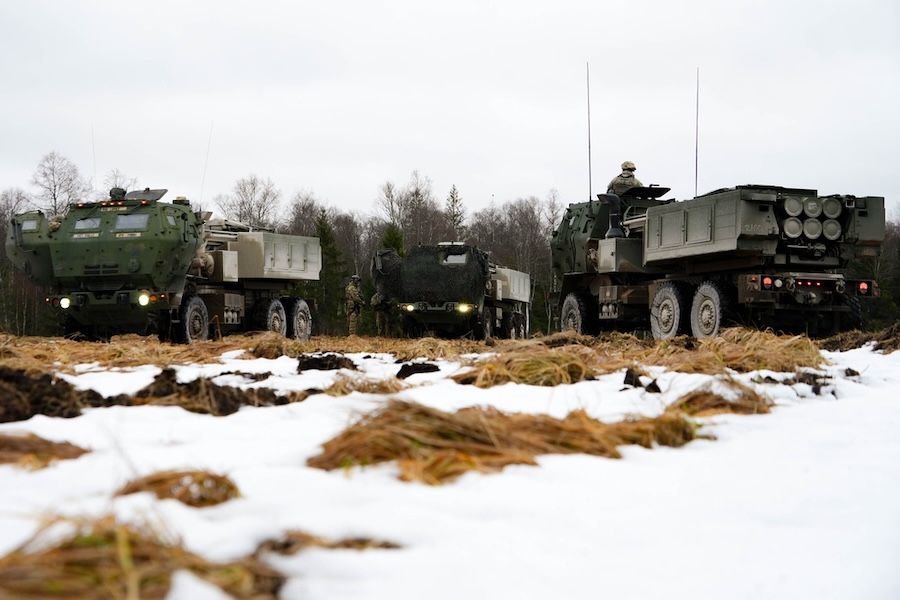Currently, the U.S. operates three strategic bombers—the B-52 Stratofortress, B-1B Lancer, and B-2 Spirit—all capable of delivering air-to-surface munitions over long distances. The Air Force is developing the B-21 Raider, a dual-capable stealth bomber that will carry both nuclear weapons and conventional ordnance, forming part of a broader integrated system including electronic warfare and communications capabilities.
The 2022 U.S. Nuclear Posture Review reaffirmed bombers as an integral component of the U.S. nuclear triad, noting that “heavy bombers are the most flexible and visible leg of the triad.” Previous reviews have highlighted bombers’ utility in crises, with the 2010 NPR stating they can be “visibly forward deployed, thereby signaling U.S. resolve and commitment.”
The B-52, in service since 1955, is undergoing substantial upgrades through the Commercial Engine Replacement Program (CERP) and Radar Modernization Program (RMP). The Air Force plans to create a new B-52J variant by replacing its engines with Rolls Royce F-130s and upgrading its radar system, though the RMP has encountered a Nunn-McCurdy cost breach.
Plans also include replacing the aging air-launched cruise missiles (ALCMs) on B-52s with the advanced Long-Range Standoff (LRSO) missile. The Air Force’s FY2025 budget includes $834 million for LRSO development, and it aims to acquire 1,087 missiles, while the National Nuclear Security Administration is extending the W80 warhead’s life for LRSO use.
The B-1B Lancer, once nuclear-capable but now limited to conventional missions, remains operational despite a reduced fleet of 45 aircraft. Congress has restricted its retirement and authorised transferring aircraft to Grand Forks AFB as Ellsworth AFB prepares for B-21 operations, with the aircraft continuing to support Bomber Task Force and training deployments.
The B-2 Spirit, noted for its stealth and low observability, continues to play a vital role in nuclear deterrence and precision strike, although the fleet will reduce to 19 following the planned retirement of one aircraft. In 2024, Northrop Grumman received a contract of up to $7 billion through 2029 to enhance the B-2’s stealth and systems, as the Air Force prepares to transition to the B-21.
The B-21 Raider, expected to enter service in the mid-2020s, is designed with an open architecture for rapid upgrades and may eventually operate without a crew, though current focus remains on manned missions. “The B-21 will be able to employ a broad mix of stand-off and direct-attack munitions,” according to the Air Force, and is projected to cost $550 million per unit in 2010 dollars.
Congress has approved $5.3 billion for B-21 procurement and R&D in FY2025, with Northrop Grumman receiving a second low-rate production contract. The Strategic Posture Commission has recommended buying more than the 100 B-21s currently planned, while U.S. Strategic Command Commander testified to Congress about a potential need for 145 aircraft.
Debates continue over bomber alert status, with some officials suggesting re-alerting could raise demands on personnel and infrastructure. The FY2022 NDAA required a study on re-alerting in the absence of intercontinental ballistic missiles, and the Strategic Posture Commission recommended planning for continuous alert capability.
Concerns over base vulnerability have prompted discussions on hardening infrastructure, particularly in the Indo-Pacific region. Some Members of Congress support improved logistics, reinforced shelters, and passive defences to increase base resilience, including power generation and enhanced connectivity.
As budget deliberations progress, lawmakers will determine the future size and composition of the U.S. bomber force. Decisions on B-21 procurement, infrastructure upgrades, and readiness posture will shape the strategic capabilities of the Air Force for decades to come.
Source: U.S. Strategic Bombers (Congressional Research Service).










